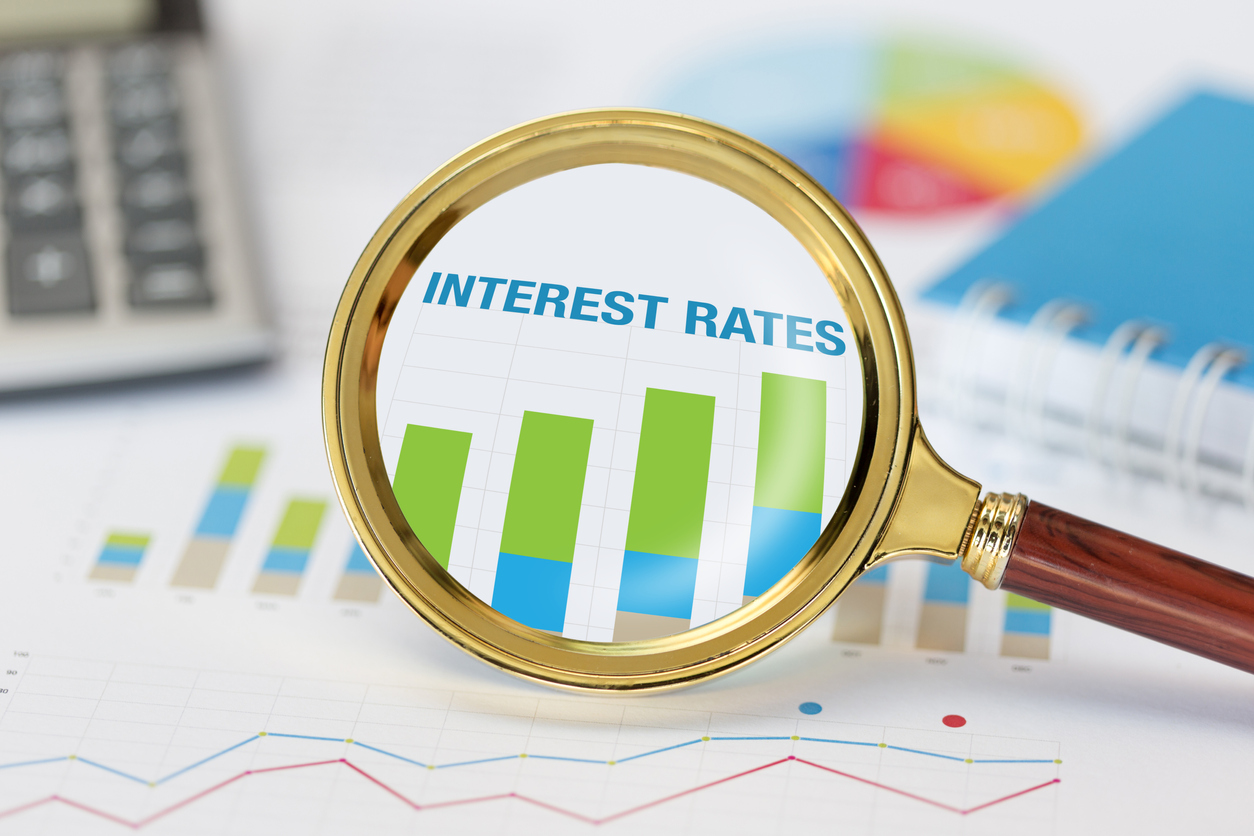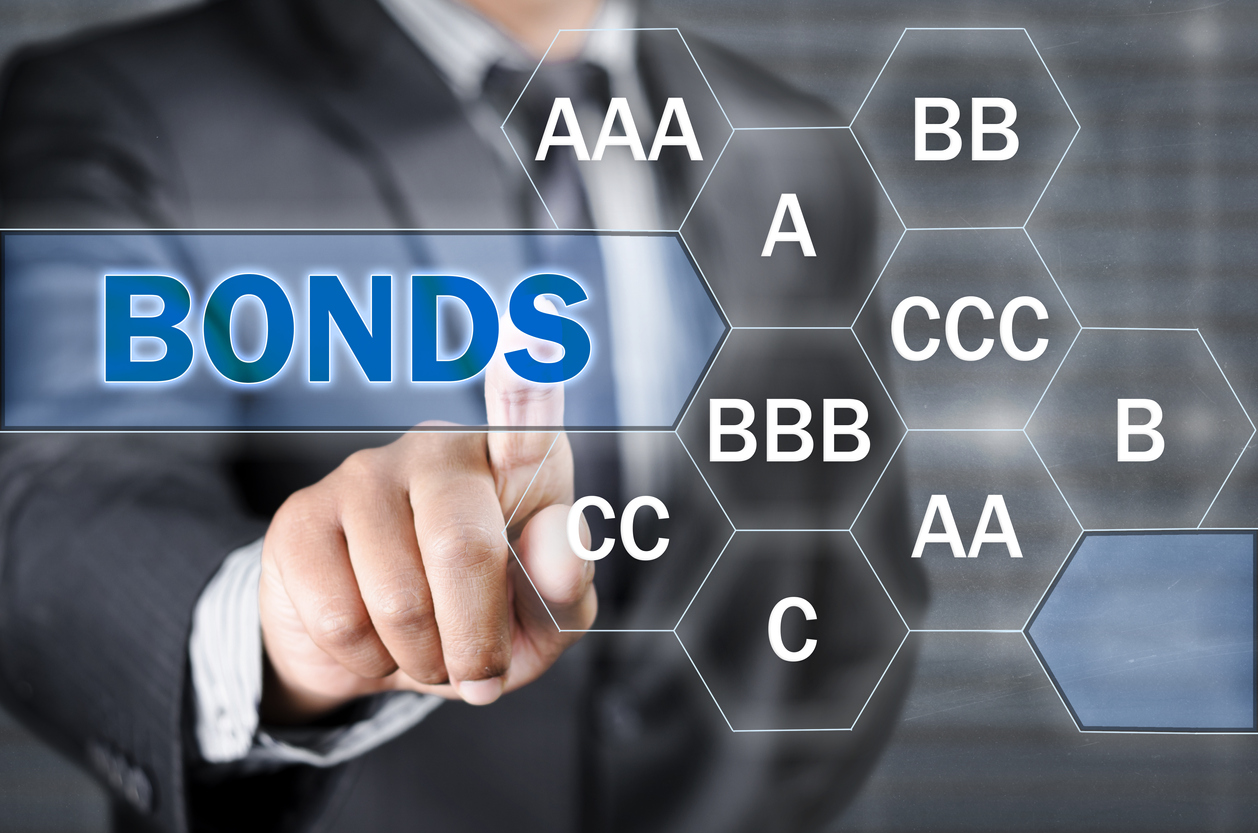
A common theme underpinning all investments, the notion of risk and reward, is a general trade off that affects almost anything from which a return can be generated. Anytime you invest money, there is a risk, whether large or small, that you might not get all of your money back, or in the worst case scenario, that the investment may fail. For bearing that risk, you expect to receive a return that compensates you for potential losses. In theory, the higher the risk the greater return you should receive for holding the investment, whereas if lower levels of risk are taken, lower returns should be expected.
This definition is, of course, simplistic; however, over a period of time, an investor should rightly receive greater compensation for taking greater risk. If this was not the case, why would an investor choose an investment where higher levels of risk were inherent, if they could expect to receive a similar return from an investment that displayed lower levels of risk? This introduces the notion of risk adjusted returns, whereby the return achieved by the investment over time is considered in conjunction with the level of risk experienced.
Assessing investment risk
Assessing the risk of any investment relies on subjective assessment of the potential for the investment to fail, amidst a whole host of other factors. For example, placing money in a UK deposit account carries low levels of investment risk. The nominal value of the deposit cannot fall in value, and if the bank or building society were to fail, then assuming the deposit meets the qualifying criteria, the deposit of up to £85,000 would be protected by the Financial Services Compensation Scheme. However, other risks, such as inflation risk, need to be carefully considered to assess the potential “real” return of the funds held in savings, which is expressed as the return less the then prevailing rate of inflation.
Examples of other risks that investors need to consider are liquidity risk, which is the risk that you will not be able to access your money quickly and easily at a time of your choosing, and currency risk, which applies when investments in foreign assets are made, which exposes the investor to the risk of losing money due to movements in the exchange rate.
By undertaking a similar assessment of the risks associated with each asset class, investors can make a judgement as to the level of risk that applies to each investment and by reviewing long term historic returns and projected returns, can begin to assess the balance between risk and reward that applies to any asset class.
Time horizon is also key
The length of time an investor is willing to invest for is also a key risk factor. Given that economic growth (and therefore market performance) is generally cyclical in nature, investing for less than the medium to long term (which we would normally express as being a period five years or more) would introduce Time Horizon risk, whereby the point at which an investment is bought and sold may be less likely to produce a positive outcome.
When investors look beyond asset classes to individual investments, volatility measures are used to determine how much the price of an individual investment will move up or down over time. If an asset rises and falls considerably, it is seen as displaying high levels of volatility. On the other hand, if the price of an asset is relatively stable and predictable, then this is seen as being low volatility.
Volatility measures are also useful when considering the risks associated with broad market conditions. The widely reported Chicago Board Options Exchange Volatility Index (or “VIX” for short) measures the expected volatility of the S&P500 index of leading US shares and can be a helpful indicator of how much markets are likely to move, in either direction, over the next trading periods.
Deviation from the average
The most common way to measure volatility is through standard deviation. This measures how much the returns of an investment move away (or deviate) from average returns. More volatile investments deviate further and more frequently from their average return, whereas less volatile investments are more likely to track the long term average returns more closely.
The value of investments with very high levels of volatility tends to be dependent on overall market confidence, and sentiment towards riskier assets can be weak during periods of economic uncertainty. In periods when market confidence is lower, investments displaying lower levels of volatility may be less likely to experience poor performance.
When we construct investment portfolios, volatility is a key component we consider when determining which assets are included in the portfolio, and the percentage of the portfolio that is allocated to that position. As each investment has its own volatility measure, when these are combined within a portfolio of different assets, an overall portfolio risk can be determined. The portfolio volatility measure can then be compared to the volatility displayed by similar portfolios, or to recognised benchmarks, to determine whether the strategy is of lower or higher volatility than its peers.
Review your risk adjusted return
Risk is always a key component of our research and analysis when we assess investments, and as explored above, risk can come in many guises, all of which need to be considered. We use advanced technical tools to review volatility and standard deviations of investments with the aim of achieving returns that are commensurate with the level of risk being taken. We often come across investment portfolios managed by other fund managers that carry substantial levels of volatility and risk, that the investor is unwittingly exposed to.
If you are concerned about risk levels within your portfolio, then please get in touch with one of our experienced advisers here.
The value of investments and the income they produce can fall as well as rise. You may get back less than you invested. Past performance is not a reliable indicator of future performance. Investing in stocks and shares should be regarded as a long term investment and should fit in with your overall attitude to risk and your financial circumstances.













